Lesson Overview: In this lesson, students will identify two ways people can communicate when they have lost their sense of hearing. Concepts will be solidified as students practice using the finger alphabet derived from American Sign Language.
Recommended Grade Level(s): Pre-Kindergarten, Kindergarten, First, Second
Objective(s): Students will be able to...
- Verbalize two ways people communicate when they have lost their sense of hearing.
- Point to the organ people use to communicate with when they have lost their sense of hearing.
Materials:
- copy of the Sign Language Alphabet Worksheet (1 per student)
Anticipatory Set:
Begin the lesson by stating the objective. Using on your lips (not your voice), ask students if they know someone or have met someone who is deaf. Then, using your voice, ask again. Tell students that when someone is deaf they have lost their sense of hearing--they can not hear people talking, but will see their lips moving. This could be for many different reasons--some people are born that way, some people had ear infections or fevers as a baby that led to their loss, or they have been in an accident that caused their loss. Tell students that even though they cannot hear with their ears, they can use another sense to communicate with other people.
Guided Practice:
Ask students which sense a person would use if they could not hear. Tell students that people who are deaf use their sense of sight. Tell students that because reading lips is not easy and it takes a lot of practice, not all people who are deaf can read lips. Have students try to guess what is being said. Have students then turn to a partner to practice lip reading. Prompt students by having them say and animal or color and then a complete sentence. Ask students how difficult they found the exercise. Discuss how lip reading takes patience, a lot of focus, and close proximity to the person so the lips are seen. Tell students that is why sign language is commonly used. Ask students if they know some signs or have ever seen people signing. Once a person learns sign language, it becomes as quick and natural as speaking. It can also be seen from across the room. Provide a few signs as examples.
Introduce the Sign Language Alphabet. Tell students that people who sign will use signs for most everything because it is fast and efficient, but will use the sign language alphabet to spell names of people, pets, or places. Pass out a copy of the "Sign Language Alphabet". Model for students how to form the letters of the alphabet. Have students attempt to sign their own names by using their worksheets.
Independent Practice:
Monitor students as they attempt to sign three of their classmate's names using their alphabet worksheet and name tags.
Closure:
Gather students to discuss the "Big ideas" from the lesson. Ask students to recall how people communicate when they have lost their sense of hearing. Ask students what the condition is called when a person has lost their sense of hearing. Ask students to point to the organ that people use to communicate with when they have lost their sense of hearing.
Assessment:
Students will be assessed according to their ability to...
- Verbalize two ways people communicate when they have lost their sense of hearing.
- Point to the organ people use to communicate with when they have lost their sense of hearing.






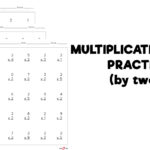
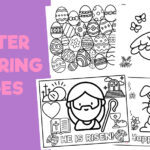

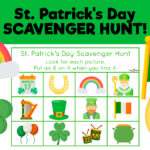
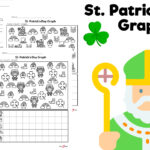
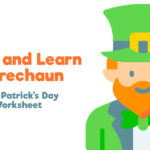


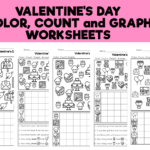

Recent Comments